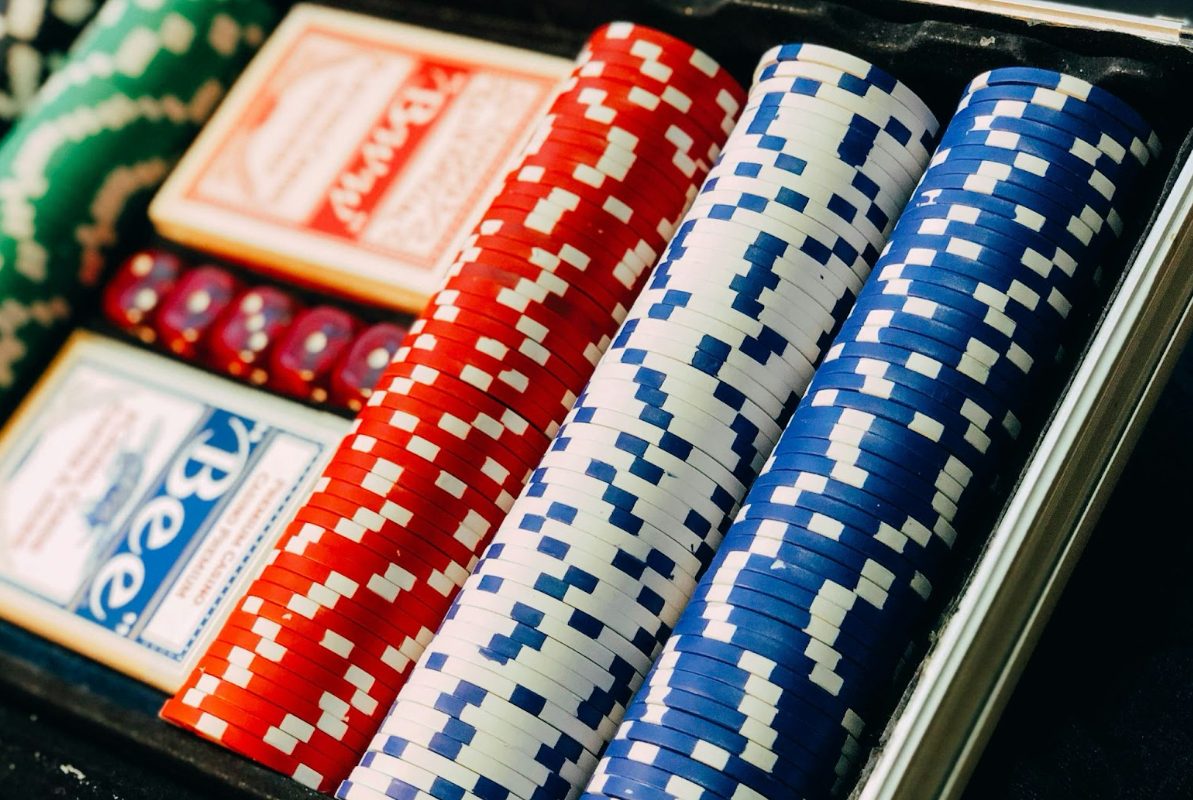In today’s digital age, the line between the real world and the virtual world is becoming increasingly blurry. One area where this is especially true is in the realm of in-game currency. These are the coins, gems, or other types of money that you use in video games joker123. While they may not be real, physical money, they have a value within the game and sometimes even outside of it. This article will delve into the fascinating world of in-game currency, exploring how it’s created, how it gets its value, and how it’s used. We’ll also look at how in-game currency can sometimes cross paths with real-world gambling.
Creation of In-Game Currency: More Than Just Pixels
When you first hear about in-game currency, you might think it’s just a collection of digital numbers and images that game developers whip up. However, the reality is far more intricate. The creation of in-game currency is a carefully planned process that involves a deep understanding of economics, player behaviour, pgslot and game design.
Game developers have to consider several factors when deciding how much in-game currency to introduce into the virtual environment. One of the first things they look at is the game’s economy. They have to ensure that there’s a balanced amount of currency flowing through the game. If there’s too much currency available, items or abilities within the game become too easy to acquire, making the game less challenging and potentially less enjoyable. This could lead to players losing interest and quitting the game.
Conversely, if there’s too little currency, players might find it too hard to progress or acquire items, leading to frustration and possibly causing them to abandon the game. Developers often use complex algorithms and data analytics to find the right balance. They also monitor player behaviour to see how they are earning and spending the in-game currency, making adjustments as needed to keep the game balanced and engaging.
Valuation of In-Game Currency: What’s It Really Worth?
Determining the value of in-game currency is a complex task that goes beyond the confines of the game itself. Inside the game, the value of the currency is relatively straightforward—it’s determined by what you can purchase with it. This could range from new characters and weapons to special abilities or even cosmetic items like outfits or skins for your character.
However, the valuation of in-game currency becomes more complicated when you step outside the game’s virtual world. Some games allow players to purchase in-game currency with real-world money. This creates a direct link between the virtual currency and real-world economics, giving the in-game currency a sort of “real-world” value. The rate at which you can exchange real money for virtual currency can vary from game to game and is often set by the developers based on various economic factors within the game.
Moreover, there’s a growing trend of trading in-game currency on third-party websites for real money, even though this is generally against the terms of service of most games. This underground trading can further complicate the valuation of in-game currency, as it introduces market dynamics like supply and demand into the equation.
The creation and valuation of in-game currency are far from simple tasks. They require a deep understanding of both game mechanics and economic principles, and they have implications that extend beyond the virtual worlds in which they exist.
Use of In-Game Currency: More Than Just Buying Stuff
In-game currency serves multiple functions within a game’s ecosystem, far beyond just purchasing items or abilities. While the most straightforward use is to acquire new gear, characters, or skills, the utility of in-game currency often extends into various other aspects of the game, adding layers of complexity to the in-game economy.
For instance, some games feature auction houses where players can list items they’ve found or crafted for sale, setting their own prices in in-game currency. This creates a player-driven marketplace, where the laws of supply and demand come into play. It adds an additional layer of strategy, as players must decide whether to spend their hard-earned currency on immediate upgrades or save it for potentially more valuable items in the auction house.
Additionally, some games incorporate mini-games or side activities where players can gamble their in-game currency. These can range from simple games of chance like dice or card games to more complex betting systems. These gambling elements introduce another way for players to gain—or lose large amounts of in-game currency quickly, adding an extra layer of excitement and risk.
Intersection with Real-World Gambling: A Fine Line
The use of in-game currency for gambling-like activities within games opens up a whole new area of discussion, especially when these activities closely resemble real-world gambling. Some games include features like slot machines or roulette wheels where players can wager their in-game currency. When such elements are present, the boundaries between gaming and gambling start to become less clear.
This blurring of lines raises important questions about regulation. Should games that include gambling-like elements be subject to the same laws and oversight as actual gambling activities, especially when real-world money can often be exchanged for in-game currency? This is a particularly pressing issue given that many players, including minors, may have access to these games. The potential for problematic behaviour increases when players can buy in-game currency with real money, essentially allowing them to gamble with actual funds through a virtual medium.
The use of in-game currency is a multifaceted aspect of modern gaming that goes beyond simple transactions. It serves various roles within a game’s economy, from enabling player-to-player trade to facilitating gambling-like activities. As games continue to incorporate elements that blur the line between gaming and real-world gambling, the question of how to regulate these activities becomes increasingly relevant.
A Complex Virtual Economy
In-game currency is a fascinating subject that shows how complex and intricate virtual worlds can be. From its creation to its valuation and use, in-game currency plays a crucial role in shaping the gaming experience. And as it starts to intersect more and more with real-world economics and even gambling, it’s clear that this is an area that will continue to evolve and generate interest. Understanding the economics of virtual worlds can give us insights not just into gaming but also into broader questions about value, trade, and risk in digital spaces.


